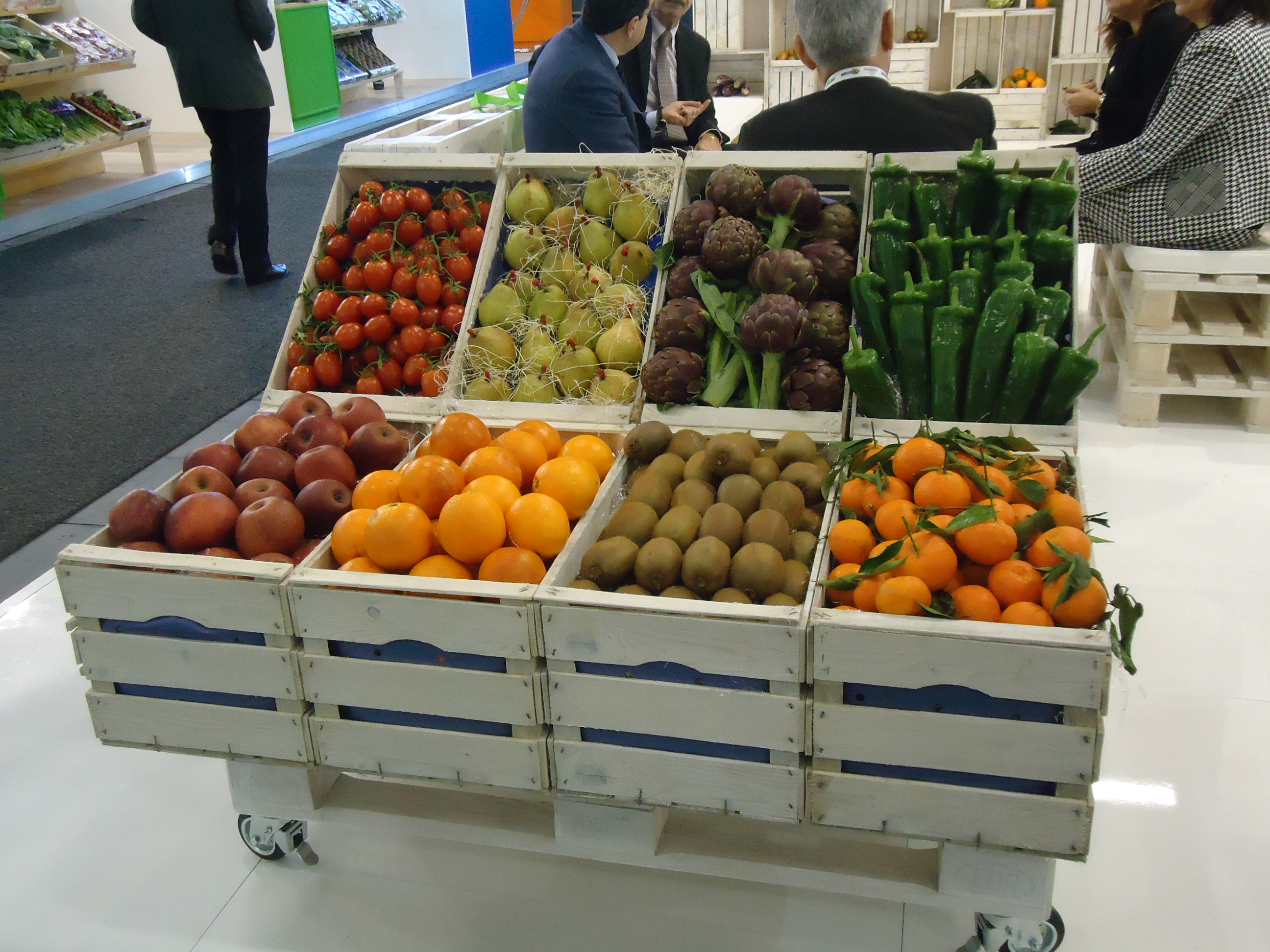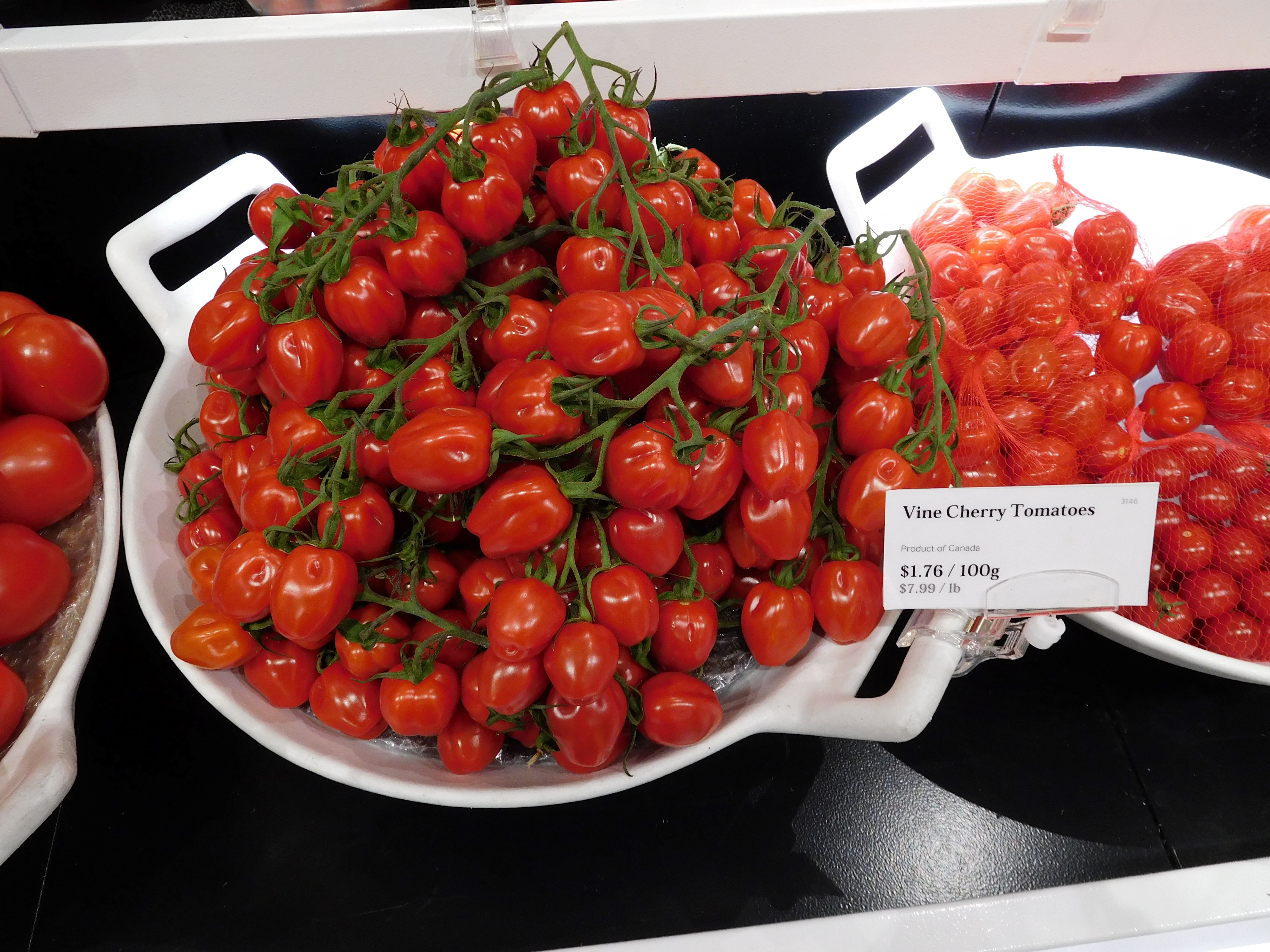Retail Is Detail

I get upset when I walk into a supermarket produce department and see fruit rolling around the floor, little heaps of dirt having been swept together but obviously not removed, prepacked fruit being used as a ‘gap filler’ between tomatoes and cucumbers, display tickets riddled with spelling mistakes and stock on display that really should have been biffed two or three days ago. The 'Retail is Detail' mantra would not apply to the sight I have just described.
A produce department, or a greengrocer’s store, are fickle entities with lives of their own. Every piece of fruit, every vegetable on display is perishable. The goods on the shelf are in a constant state of deterioation, even if we cannot see it with the naked eye. The job of a produce manager, and their team, therefore is to decelerate this deterioration process by looking after the produce properly whilst it is in their care, and to ensure that the consumer finds the produce attractive enough to purchase. Implied in this latter requirement is that the produce ought to last long enough in the home, to ensure the consumer can put the produce to its intended use – without the need to bring it back to the store to demand a credit for non-fulfilment of the purchase contract.
Rotten Tomatoes

An upset customer bringing back rotten tomatoes might not use these exact words, but that is precisely what would have happened – non-fulfilment of a purchase contract. Produce Managers and Store Managers obviously do not set out to upset customers, but it happens. Sometimes it is just unavoidable; it is difficult to please everybody all the time.
But when customers get upset about basics and nothing happens – that’s when things ought to get serious. Here is an example:
I went shopping in an Auckland supermarket on a Tuesday and wanted to buy some truss tomatoes. No loose truss tomatoes available, only the prepacked version. The first pack I picked up looked a bit tired. I turned it over to check the ‘packed on’ date and found to my amazement that the tomatoes I was holding in my hand had left the packhouse three weeks prior.
I took a closer look and found that the entire display of pre-packed truss tomatoes was displaying packed on dates between 30th January and 3rd Februar and a number of packs contained rotting fruit. Not what one wants to see when one is shopping for fresh produce on 25th February! Naturally, I did not buy any tomatoes that day – at least not in that store.
Tomato Sleuth
Slightly devious chap that I am though, I did not complain to anyone in the store. Instead, I thought, I would come back the next evening and check again.
What was I trying to achieve, you ask? Well, I was testing the store’s systems from a consumer’s perspective. I was interested to see whether the store’s daily display maintenance routine would discover what I had seen and do something about that display. I did not hold out much hope, given the date discrepancies, but hey, nothing like running an action research project under controlled conditions.
To cut a long story short, it took three days to get the stuff shifted – and for reasons of commercial sensitivity I don’t want to get into the details on how I finally managed to achieve this feat.
Retail is Detail - Suggestions For Store Managers

I am actually more interested in understanding how this situation happened in the first place and how it can be avoided through the application of ‘best practice’ store operations behaviour. Here are my suggestions for Store Managers :
- The Produce Manager walks the department early each morning to determine ‘hot spots’, i.e., those areas that require instant attention, and sets about addressing them.
- The Store Manager walks the produce department around mid morning each day with the Produce Manager, after the produce team has completed the morning’s stock rotation and merchandising activities.
- The sole purpose for the ‘walk about’ is for the Produce Manager to point out the top five priority areas the produce team had worked on that morning and why they required attention.
- Do that for 21 days and it will become a habit. A Store Manager with half way decent memory retention will sooner or later be able to pick up on a Produce Manager’s work habits by the way that manager identifies the daily hot spots.
- Now visit the areas that don’t appear on the Produce Manager’s hot spot list.
Pick up some produce, examine it carefully and ask yourself two deceptively simple questions:
- Am I prepared to spend my own money buying this item?
- Does the "Retail is Detail" mantra apply to what I am just seeing?
Oh, and if I were a Store Manager, I would become familiar with the shelf life policy the Head Office merchandise team has agreed upon with suppliers of prepacked produce.
- What is it?
- How realistic is it?
- What are the store environment assumptions the shelf life expectation is based upon?
- At what stage should the first ‘mark down’ be taken?
- How does my Produce Manager interpret all of this?
A lot of questions – but intelligent questions tend to produce intelligent answers. And intelligent answers can be used to change behaviour, increase sales and improve margins.Go on, be a devil, start asking some intelligent questions of your own.